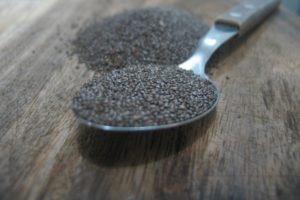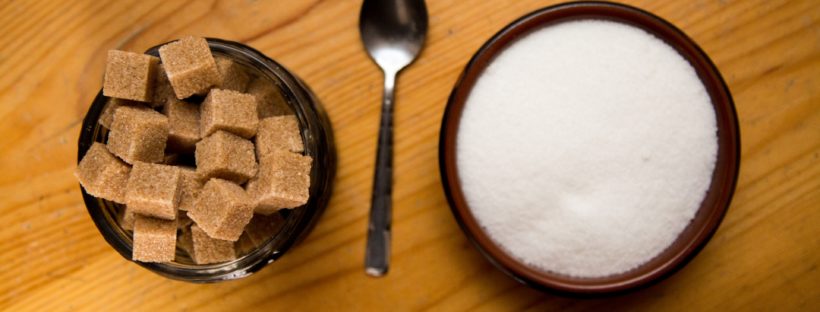So you’ve been diagnosed, now what?
Always, always, always manage a chronic condition such as diabetes with a qualified health practitioner. KNOW YOUR NUMBERS. Check your glucose levels often and DIARISE! Do Not blindly move towards the natural route if you are not monitoring your levels.
- GYMNEMA
A well-known herb known for lowering blood glucose levels. Generally safe to use long term. Not advised for children as well as pregnant and breastfeeding women.
- MORINGA (Also known as drumstick)
Drumstick, is quite commonly cooked in Indian households, especially amongst the older generation, and now, science has linked their long-term use to many health benefits.
The leaves of this tree are loaded with nutrients and antioxidants, not to mention anti-inflammatory properties!
Moringa has also demonstrated that it may have anti-diabetic as well as cholesterol-lowering properties as well.
If you are buying the powdered form, add this to your daily smoothie!
- CHIA SEEDS
Contraindicated in those taking blood thinners.
More antioxidants in this one, these tiny seeds are full of fiber, calcium and contain an exceptionally high amount of omega-3’s.
The seeds can be taken in many ways, initial dosage , 1 tablespoon a day that you can add to water, juice, a smoothie, cereal, even a dessert!

These seeds may assist in controlling blood glucose levels, reduce your appetite as well as provide a healthier source of energy. Come on, who doesn’t need this?!
Well, if you were looking for a jump-start into a new you, this is as good as any! You can do this! Start small, form a habit, everything will fall into place soon.
Good Luck!
Dr Fatima Hansa
